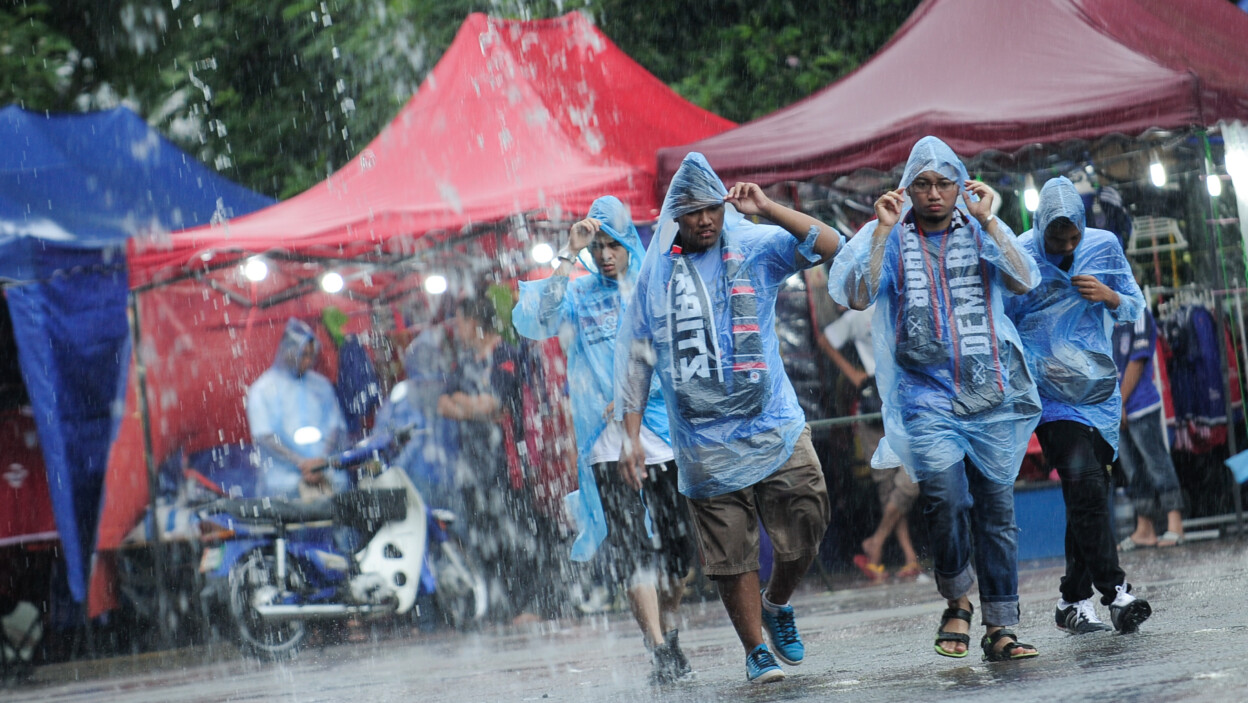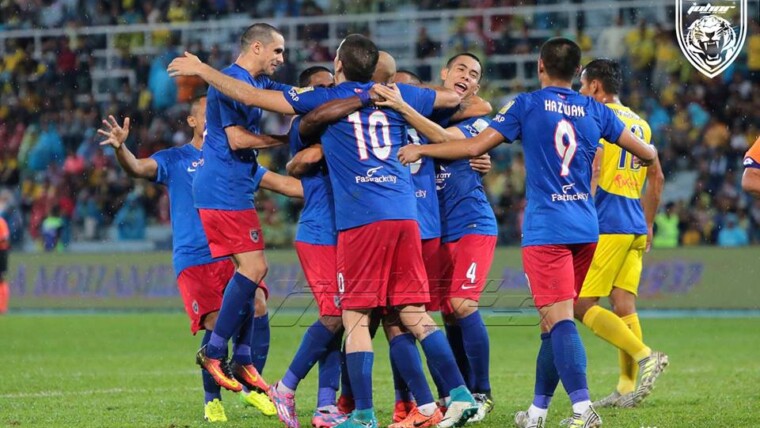One reason – and it’s a big one – why football is losing its ouster concerns how the mainstream media are treating local football. Football Malaysia Limited Liability Partnership (FMLLP) Chief Executive Officer, Kevin Ramalingam has regularly highlighted the importance of “positive media support” if football is to get back into the good books of the public. He also speaks of the requirement that “we (the FAM and FMLLP) have a long way to go to make ourselves worthy of being out there (in the same basket as the EPL and such)”. He’s right on both points.
The media, jaded no doubt by events current and historic, have been largely negative in the last 12-18 months. Think of the headlines about domestic football that we have had over the season, and you can easily recall the “issues” that have led the way. Most recently, the SEA Games management team bemoan the lack of time they have with the players to prepare the team for what is – after all – an age restricted tournament and came under scrutiny from Johor Darul Takzim, via the Tunku Makhota of Johor (TMJ) who (reasonably) say that they cannot afford to lose young players for up to 6 months ahead of the SEA Games. It was just the latest in a series of headlines that show football’s leaders to be on very different wavelengths.
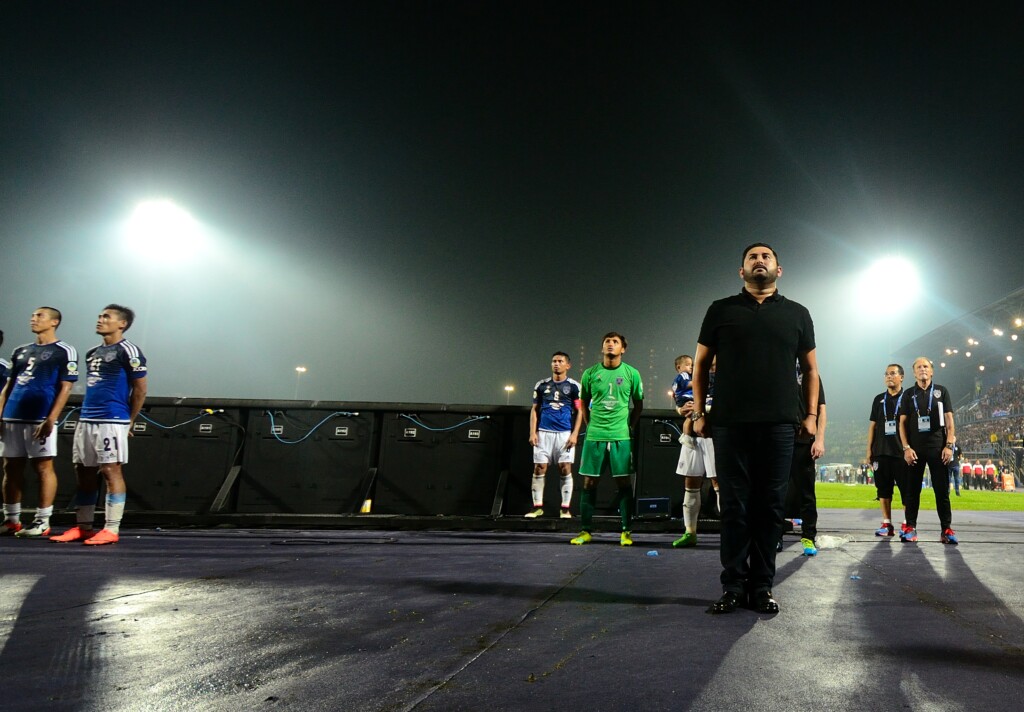
There have been the widely reported protests from fans at Pahang, Penang, Selangor and Terengganu about their team’s poor results, leading to – theoretically in Selangor’s case – changes in the Executive management at each team. There has been largely negative publicity surrounding the tough playing schedule as Malaysia Cup and League have been ongoing simultaneously, and there was widespread coverage (and condemnation) of fan misbehavior on two or three occasions.
Of course the saga of the contents of the TMJ’s infamous pen-drive, now in the safe-keeping of the MACC, that are asserted to contain evidence of corruption by some of those in the corridors of power of Malaysian domestic football, added to the intrigue surrounding the leadership and Presidency of the FAM. From these examples, it’s clear that the biggest headlines in the mainstream media have been about anything but the on-pitch activities.
And that’s not taking into account the furor surrounding the retirement from International football of four JDT players including lynchpins Safiq Rahim and Aidil Zafuan, nor the angst about the “loss” of hosting rights for the FIFA Congress that was supposed to be based in Kuala Lumpur – but couldn’t be for reasons beyond the control of the FAM.
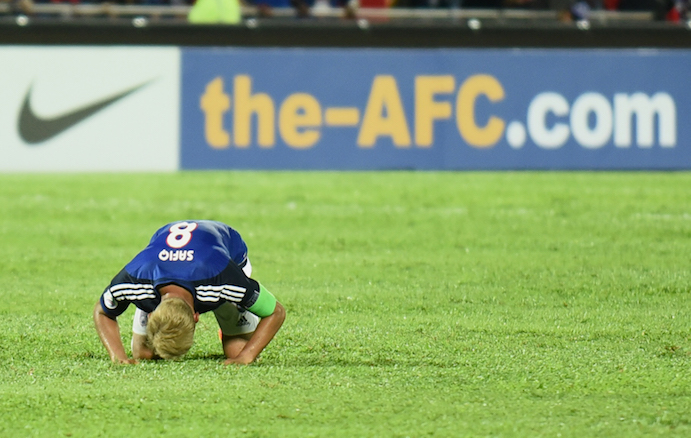
There’s no doubt that these are important and eminently reportable events. But they are all negative. Without any proper counter-reporting (not simply a listing of results) about the on-field play, and indeed when editors decide that European Leagues deserve sometimes eight times as much coverage as the local game, and even International tennis and golf et full pages devoted to them, it does leave a rather one-sided version of events.
The only positive on-field event that has received any kind of widespread coverage was the incredible opening day of the season goal by Penang’s Faiz Subri. And even then, it wasn’t the goal that attracted the coverage, but the fact that the video of the goal went viral. Faiz picked up a financial reward from his state not because of the on-field skill, but because it was reported abroad. Is it only me who finds that to be skewed thinking?
WHO IS RESPONSIBLE?
To the mainstream media – and this is not a criticism, merely an observation – so jaded by its National sport, the pervading feeling is that Malaysian domestic football with its allegations of misdemeanors at the top, struggling national team, uncertainty about its leadership and some off field fan violence, is worthy of only superficial reporting. The Malaysian mainstream media – as a generalization – are more interested in those (important) behind-the-scenes political machinations that be-devil the game here, or in the far distant European Leagues. True reporting analysis of the Malaysian game is very much an after-thought.

Mainstream media is – even in this era of social media – a key denominator in headline setting. To quote Ramalingam, “all successful leagues depend on positive media support”. But clubs and the league must do their part as well. Taking one example, if we look a little closer for the reasons why PKNS vs. Selangor was so sparsely attended you can trot out the continual internecine political bickering behind the scenes at the Football Association of Selangor (FAS) as a key reason.
But we must also ask how much local publicity there was for the game. How well marketed was it? I live in Petaling Jaya, Selangor and was aware of no publicity for the match apart from the PKNS twitter feed – which I follow. And go to the PKNS official website, and you’ll find its updated so well (!!!) that the team line-up is of LAST year’s squad. So maybe if the teams themselves can’t be bothered, it’s not that surprising that there was precious little media attention. That’s the real shame because this was a stunning game of football. But away from the few (admirably created) specialist Malaysian football websites and bloggers, not many, I suspect, will have heard about it.
This wasn’t a match without significance. It was a local derby between the defending Champions against their local rivals in the quarter final of a competition that has been running since 1921. Where was the build-up? Where are the highlights? Where was the debate and noise? Who is promoting the sport positively?
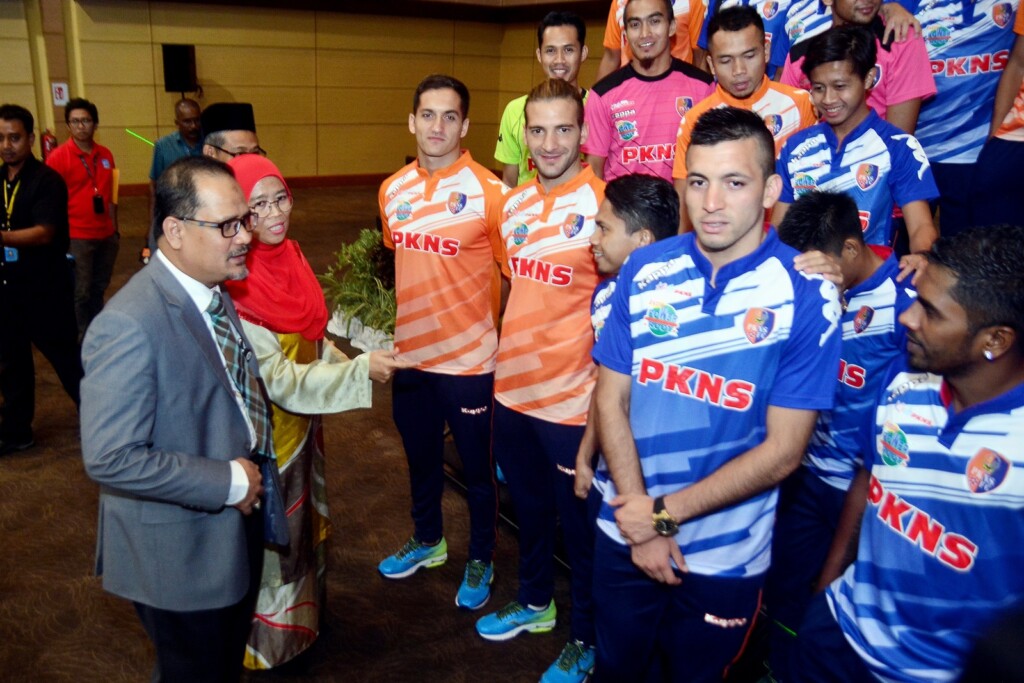
In mainstream media’s defence, football has given the press far too many chances to take this editorial line. And has done for too many years. Ramalingam does – and has – made attempts to get the mass media on board, and is quoted as saying that the responsibility is ‘a collective effort, and we must all be willing to take that step together with the only agenda being putting Malaysian football back on track together. And nothing else.’
SPORTS UNITES, WHEN THERE IS SUCCESS
In this Olympic year, Badminton’s three silver medals (plus the little mentioned quarterfinal berth in the women’s doubles) and Azizulhasni’s bronze medal seems to have woken the appetite of the sporting public for sports other than football. Then you have the success of our Paralympic athletes, who made incredible history in Rio by bagging three gold medals and one bronze medal. For once in a long, long time, the country got together as people and rallied behind our athletes.
Of all years, this was the year when football was most vulnerable to being pushed off the back pages of the mainstream newspapers, and out of social media’s top-trending topics. But domestic football IS out of positive headlines. And it only has itself to blame.
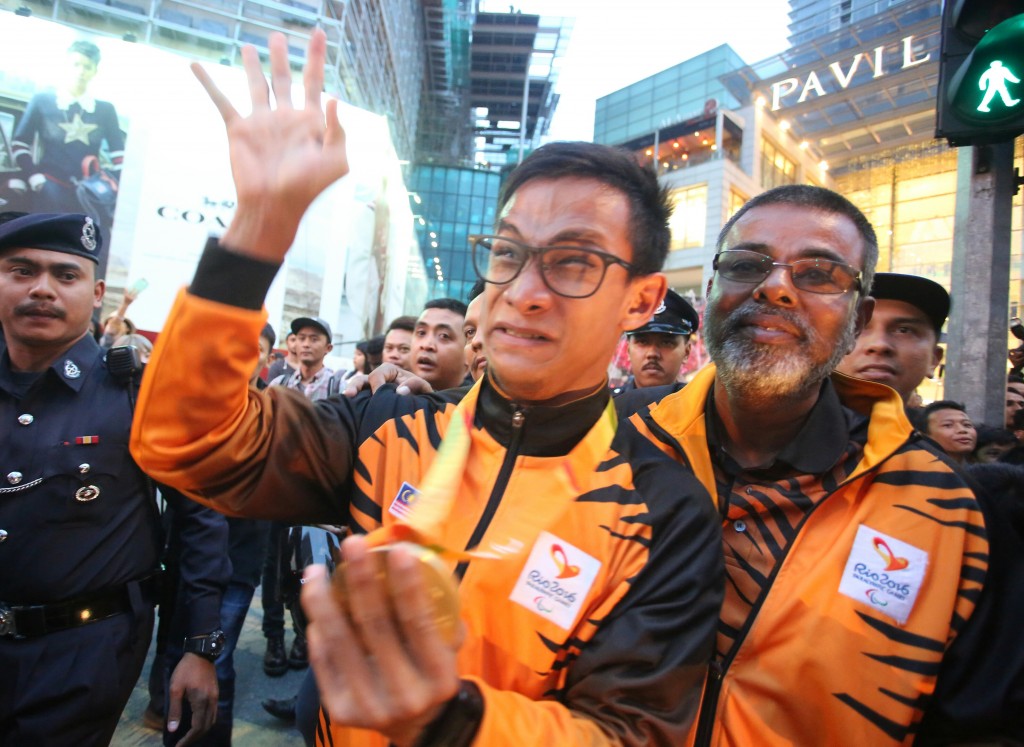
There has been a diet of negativity surrounding domestic football over the last 18 months – particularly in the 12-months since Malaysia football reached (what we hope is) its nadir in the 10-0 drubbing by UAE in a World Cup qualifier in Abu Dhabi. (Incidentally, UAE won in Japan last week to prove that they are a very good team). The mainstream press, in particular, seems to have an eye only for the negative when it comes to football. And this has had an impact on attendances. Statistically, there has never been a time when so few people were recorded actually attending matches.
Up until the last 18 months or so, football seemed to be on an upward curve. Boosted by the 2009 and 11 SEA Games titles, and that famous Suzuki Cup win over Indonesia in 2010, local football seemed to have caught hold of the imagination of the public. JDT emerged, whilst Pahang, Terengganu, Selangor, Kedah and Penang looked to have put some real thought into developing the game in their States. But it seems to have all turned sour. Headlined by the national team’s woes.
It’s been a year since that 0-10 defeat against UAE. But it’s not exactly surprising that there’s such a barrage of negativity surrounding football, and clearly the sport is in need of being put “back on track”. The intense media coverage outlining what is wrong with it aren’t made up issues – but they are only half the story.
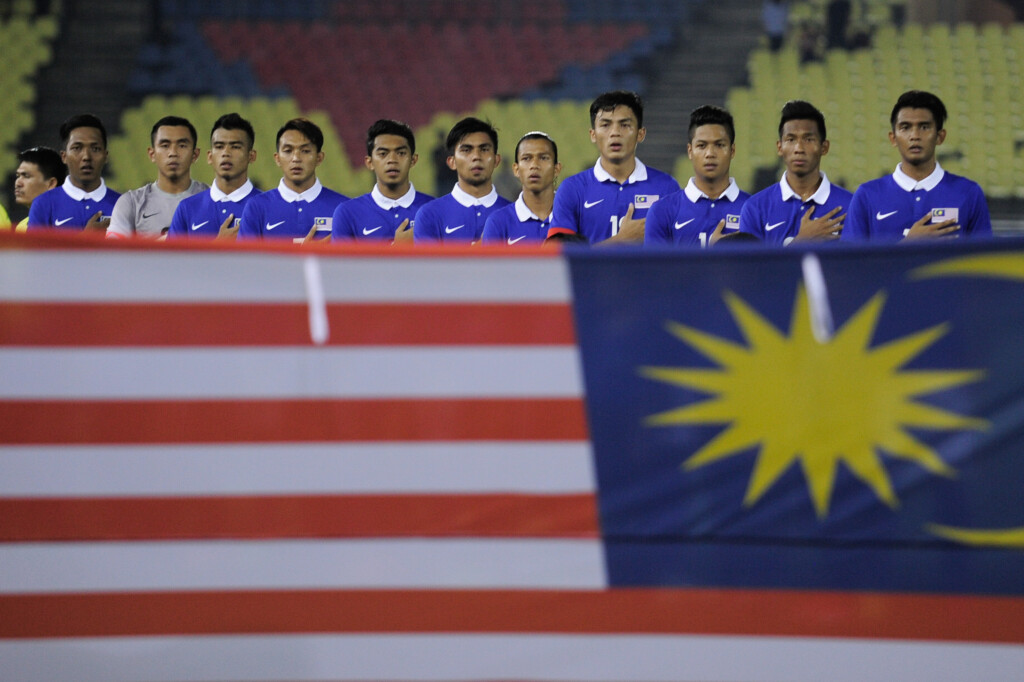
OTHER INTERESTS
There are some honourable exceptions amongst the football specific media, but mainstream media has decided to give football – the National sport – a wide berth. By stark contrast, International football is lauded.
The football transfer window and it’s ludicrous expense was covered in minute detail. And on the pitch, when Liverpool defeated Arsenal in the English Premier League Opener, Malaysia’s mainstream Press and social media alike were buzzing about Mane’s debut and Liverpool’s frail defence; about Arsene Wenger’s reluctance to buy a stupid-money striker and the thrilling nature of their near comeback; Jurgen Klopp and Wenger were widely quoted afterwards. It was “lead” on the back pages of Malaysia’s Newspapers.
A local classic between Selangor and PKNS got a line as part of an overall “Malaysia Cup” summary. FMLLP CEO Ramalingam is aware of the need for Malaysian football to be put “in the same basket as the EPL … when media concerns make decisions on what to cover and what not to.” So it seems as though I the only one that thinks this is strange? Where’s the evenhanded treatment for what goes on the field in Malaysia?
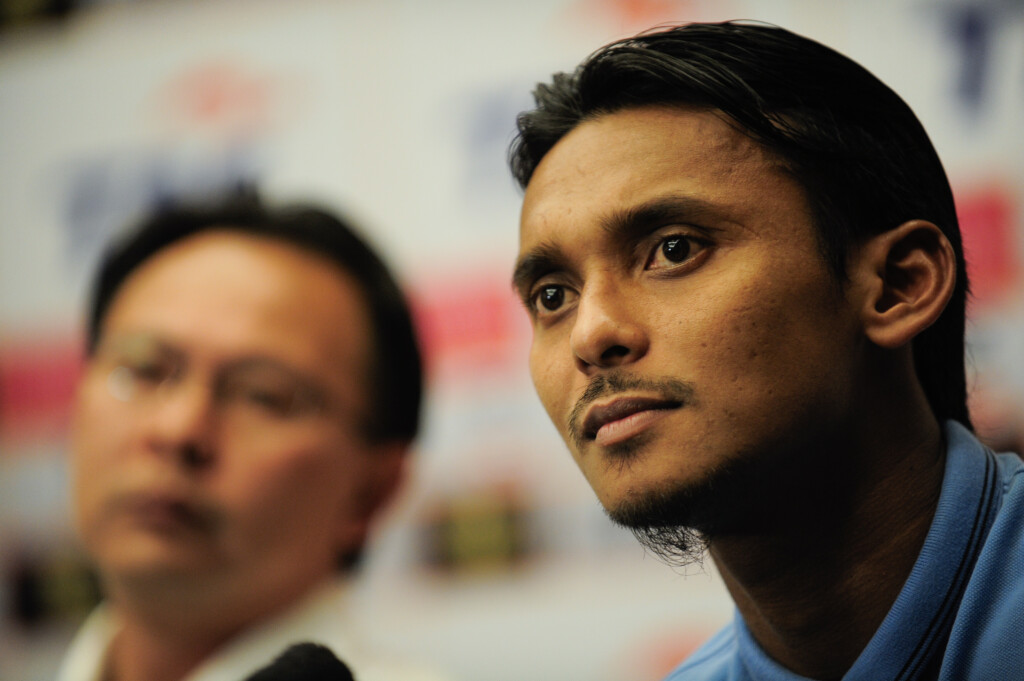
It’s not only “traditional” sport that is generating a new momentum. 2016 has seen an emergence into public consciousness of Gaming as a mainstream entertainment. The E-sport phenomenon has been seized upon, and – with a generation brought up on Gaming having a bigger say in how they want to consume their entertainment – is a genuine threat to “traditional” sport.
Local games, such as the Malaysia Cup semi-final ties deserve more coverage. Homegrown athletes are performing to the peak of their abilities, and providing good entertainment. Such games should mean that Malaysian domestic football is hogging the headlines of the sports pages and sports websites for what’s happening on the pitch. As the Super League reaches its crescendo television ought to be scrapping for the best live games and debating the merits – or otherwise – of the teams being sucked into an intense 5-team Super League relegation battle.
And they certainly should be debating and highlighting just how – beyond the money being spent – Johor Darul Takzim have become so dominant that it’s becoming increasingly difficult to see past them for the next few years.
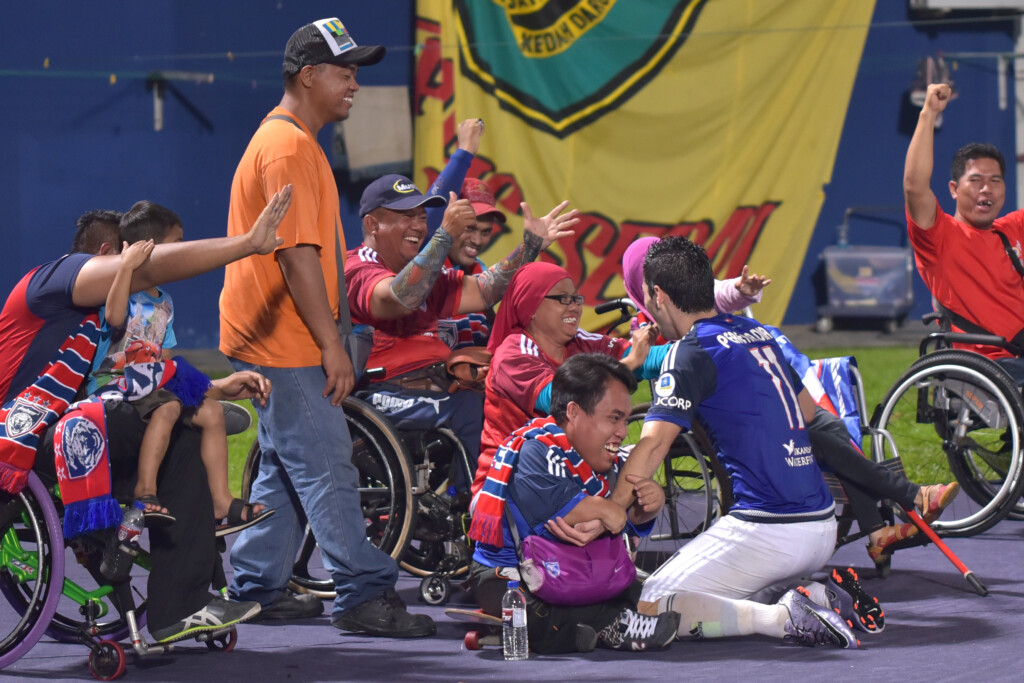
Social media ought to be buzzing with opinions, dubiously captured video, and news and injury updates. In what is an AFF Suzuki Cup year, domestic football should be dominating the sports sections of the media. There’s certainly plenty going on ON the field, and yet you’d be hard-pressed to know about it.
It’s the reporting imbalance that is most pernicious. A month ago, when Malaysia’s Datuk Ong Kim Swee announced his squad for the match against Indonesia, there was precious little reaction to the inclusion of S. Veenod as a holding midfielder, or the preponderance of Harimau Muda graduates. This is Indonesia! Fierce rivals. Local rivals! Indonesia, making their comeback from an international football wilderness. And the reaction is – virtually nil.
Ex- England boss Sam Allardyce names his squad for a World Cup Qualifier and the debate is collated from news agencies ad nauseum regarding Joe Hart’s ability (or otherwise) to play like Andres Iniesta, and the merits or otherwise of trying to recruit Steven Nzonzi to play for England. The coverage of the Paul Pogba transfer to Manchester United had virtual daily coverage, as did the transfer deadline day. Virtually ignored somewhere on the inside back pages, and nowhere on terrestrial TV or radio, have been the stories running parallel of Malaysia football.
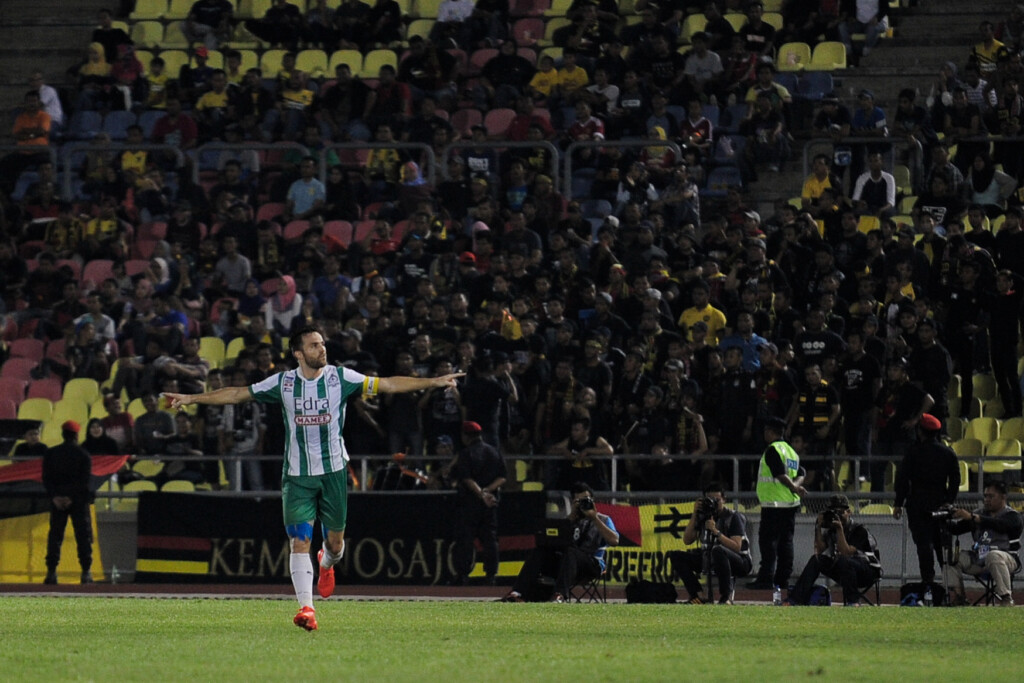
We’ve had the shock – or was it considering the sides they picked for their first 3 group games – of JDT’s elimination from the Malaysia Cup. Where’s the critical analysis of what went wrong? In the Premier league, Melaka’s resurgence has seen them produce goals galore, a goal-scoring machine in Ilija Spasojevic, and big crowds. In that league we’ve had – until recently – five teams chasing just two automatic promotion places. And we’re at the business end of the FAM League. Air Asia, Penang’s Sungai Ara and big-spending FELCRA United just three of the teams still in with a chance of promotion to the Premier league.
At one point, we had close to two months of weekend-midweek-weekend-midweek matches in Malaysia Cup, Premier League and Super League. On the International stage, it’s an AFF Suzuki Cup year and – for all the criticism it receives about being a regional tournament – history tells us that if Malaysia does well, then the nation joins in the celebrations. But instead of terrific headlines outlining the excitement of a football race we’ve had? …. Virtual silence. Political News. Apathy.
Unless and until that changes – and football’s leaders must have strong, principled, honest and pro-active leadership to help persuade editors that Malaysian football belongs in the “same basket as the EPL” – then domestic football will continue to fall even further off the fan’s radar. And we’re all the poorer for that.
Other posts by Dez Corkhill

